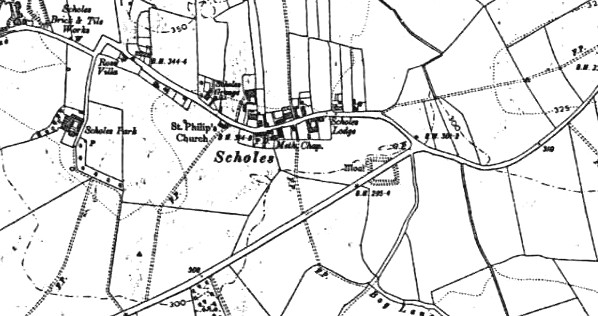| £ | s | d |
| Herbage sold about the fishpond | | | 12 |
| Herbage of the garden | | 12 | 6 |
| From the bark, branches and coperon (?twigs or chips) of 4 oaks and 2 alneor (?alders) | | 9 | 4 |
| Turfs sold | | | 1 |
| Sea coals | | | Nil |
| | | |
| 1303/4 |
| Herbage of the Capital Messuage | | 20 | 0 |
| Bark of 16 'Bletrones' (small trees) for the mill at Castelford | | 2 | 6 |
| Farm of the mill | | 26 | 8 |
| From the Dovecote | | | Nil |
| Sea coal sold | | 4 | 1 |
| Branches felled for the game and an oak felled for the Mill | | 20 | 6 |
| ÿ Expenses 1295 | | | |
| Carrying venison to Pontefract | | | 12 |
| Delivered to the searjeant of le Roundhaye | | 28 | 0 |
| Stipend of the Parker | | 6 | 8 |
| Mending the chamber of the Parker | | | 14 |
| Felling branches for the paling of the park | | 4 | 5 |
| Mending of the paling of the same | | 3 | 1½ |
| Repairing and raising the head of the pond and carrying earth for the same | | 12 | 6 |
| In making and placing 114 rods of pale about the pond | | 38 | 0 |
| Carrying the said palings | | 32 | 8½ |
| Mending the Mill with 1 axle and 1 rod | | 7 | 3 |
| Mowing and making of hay, etc. in Suwynsyke | | 4 | 10 |

